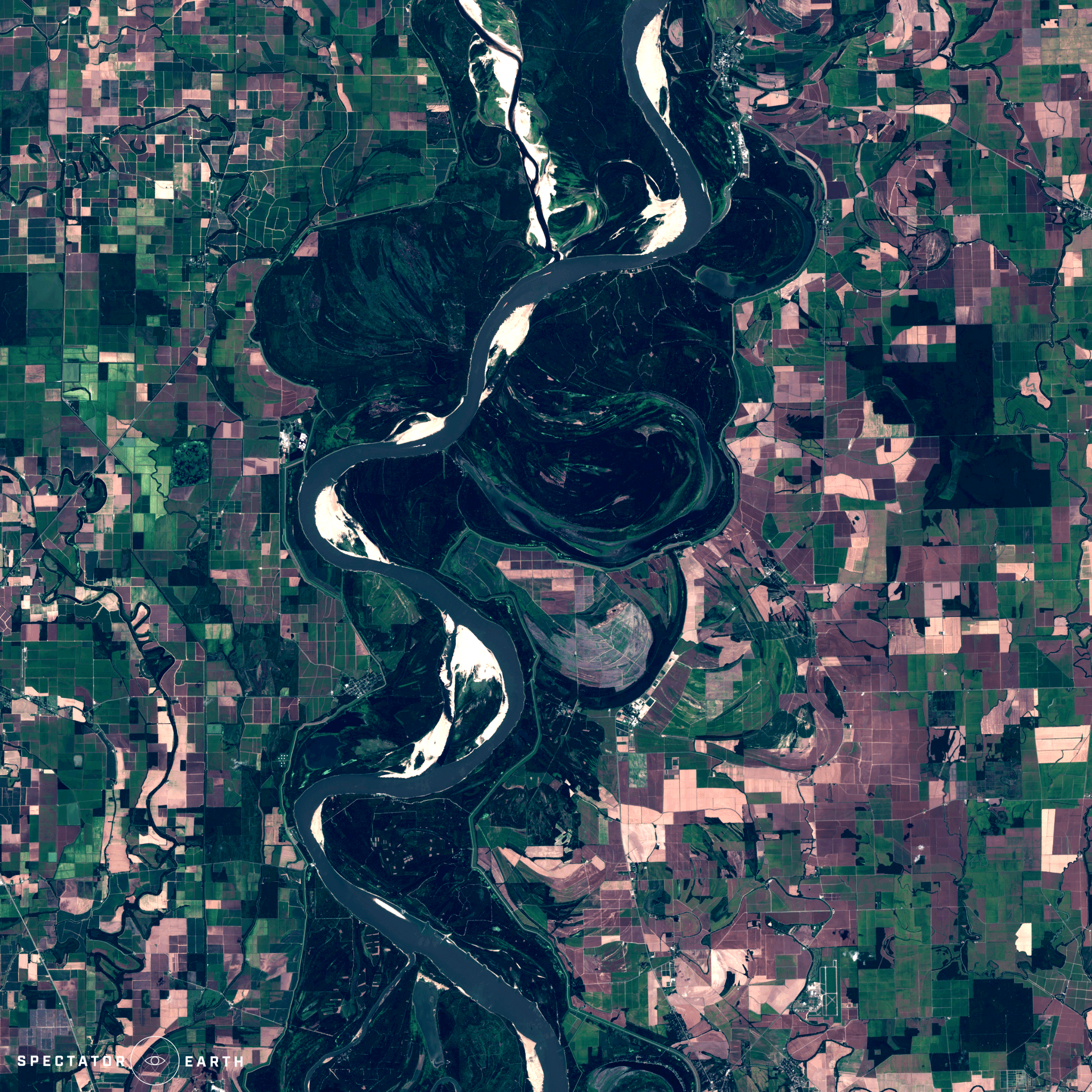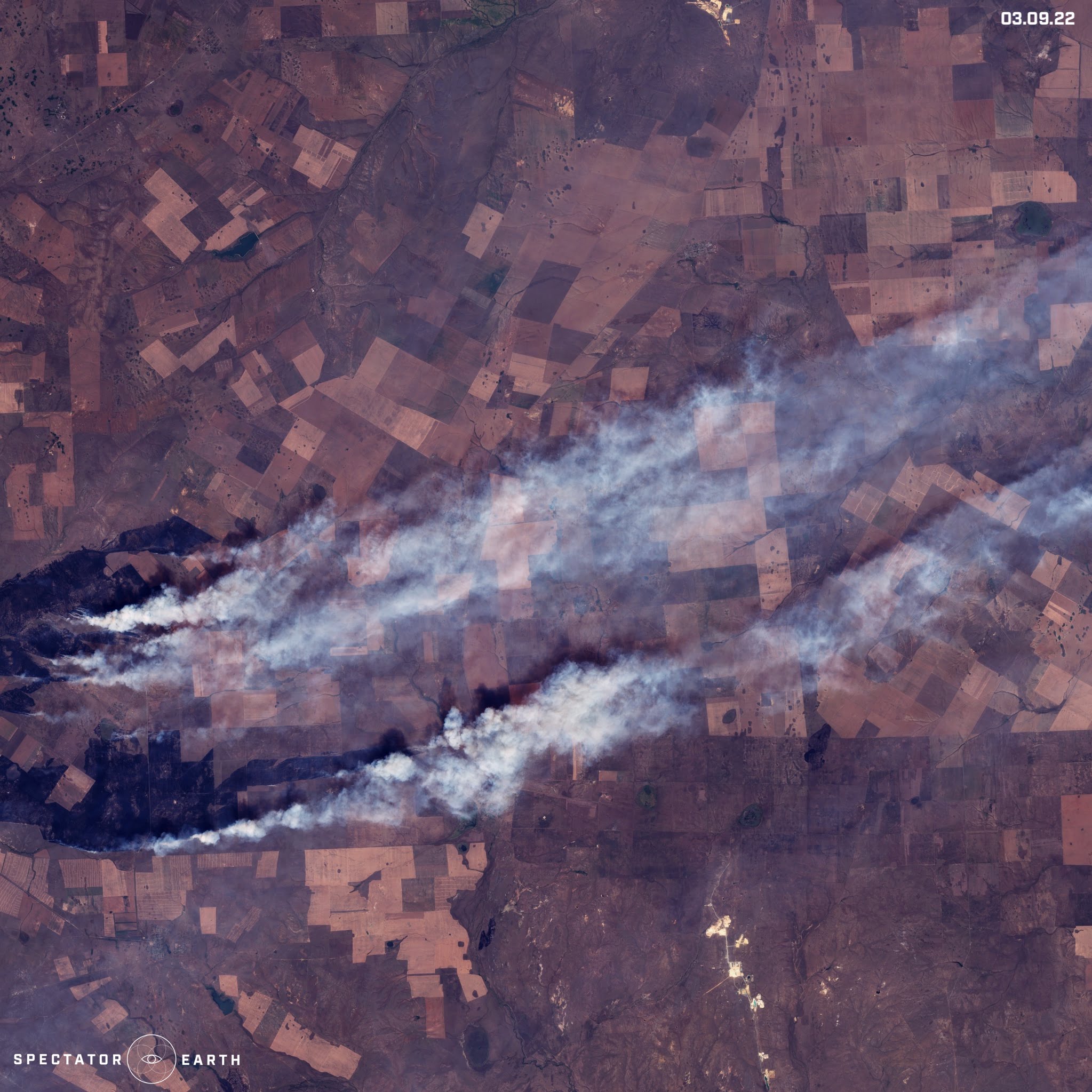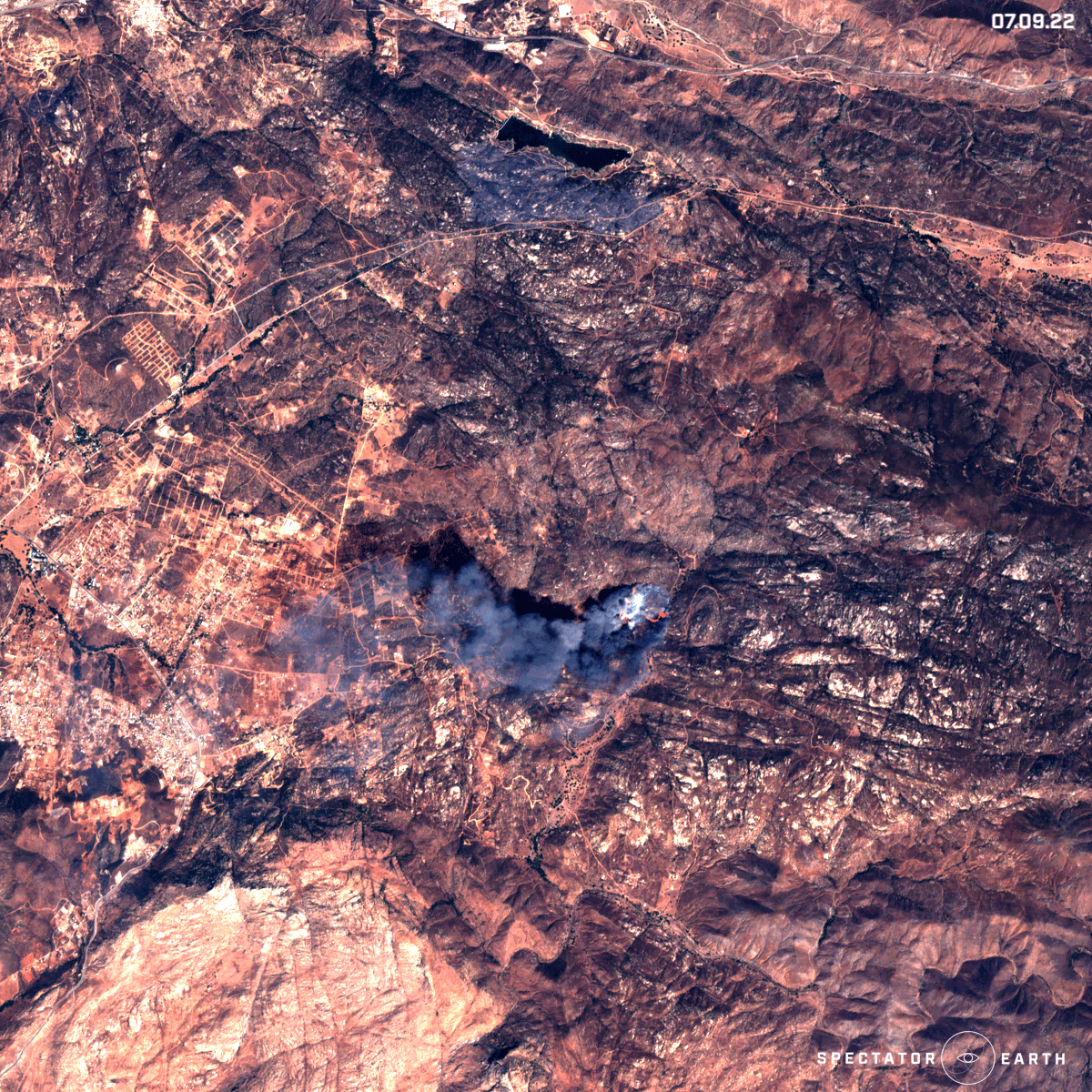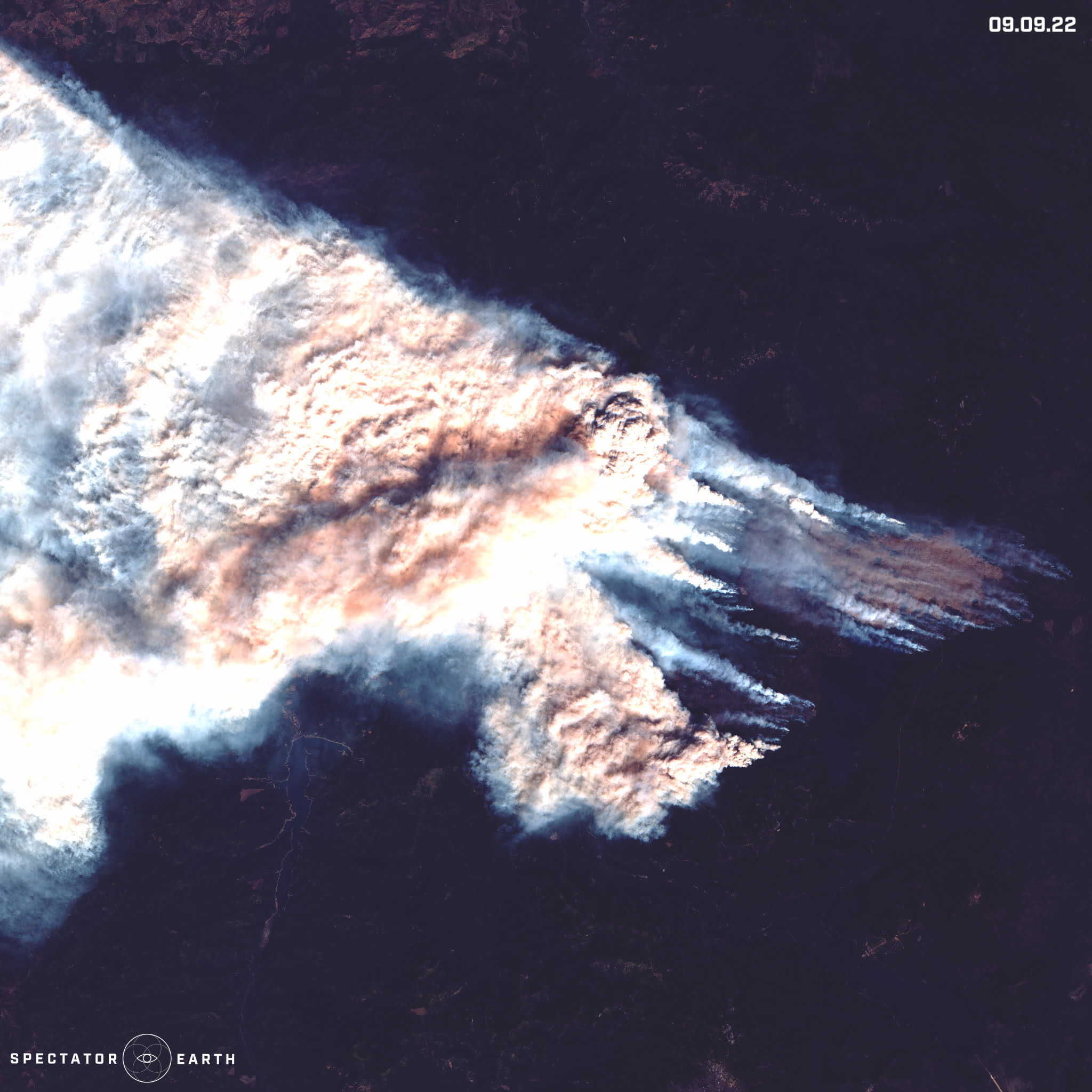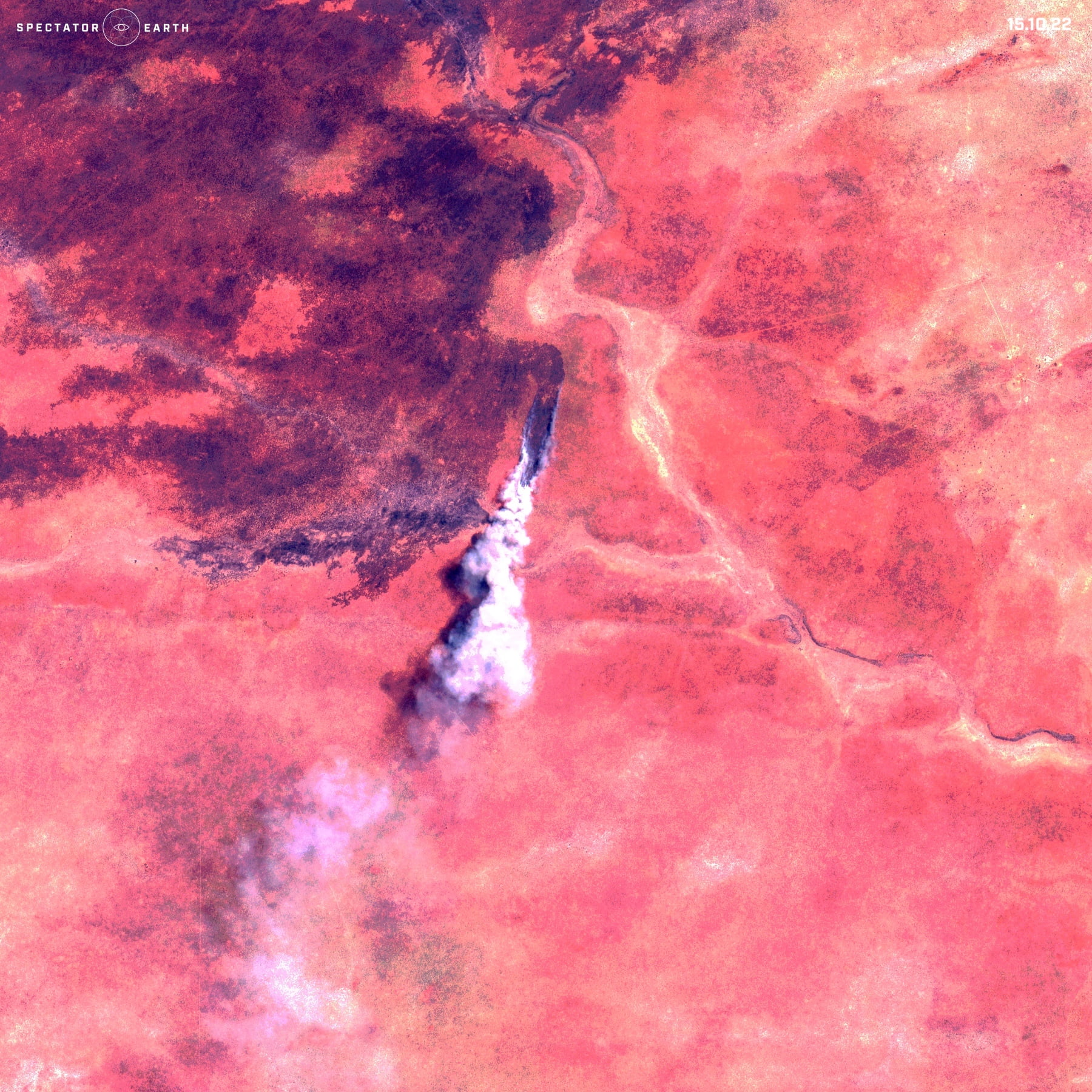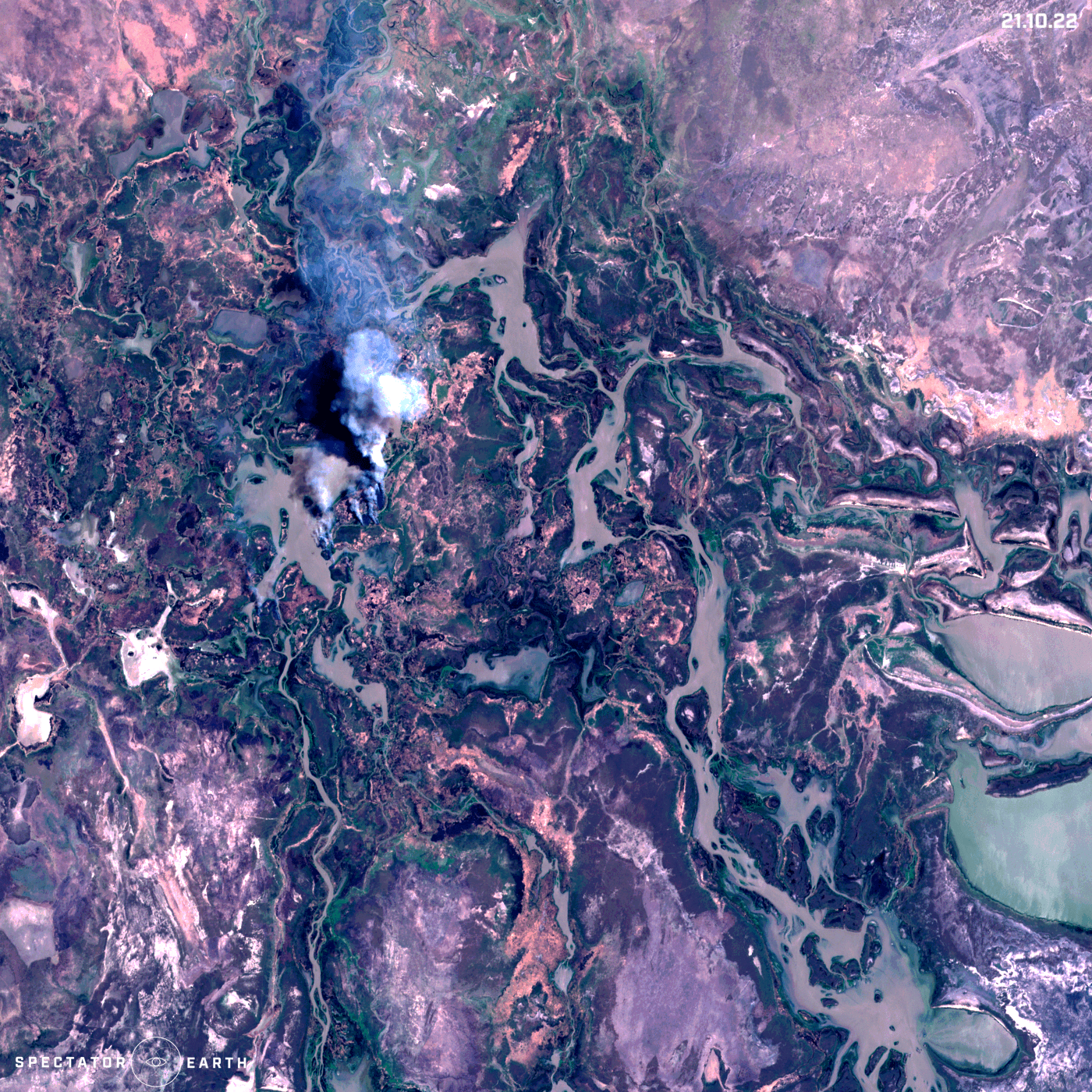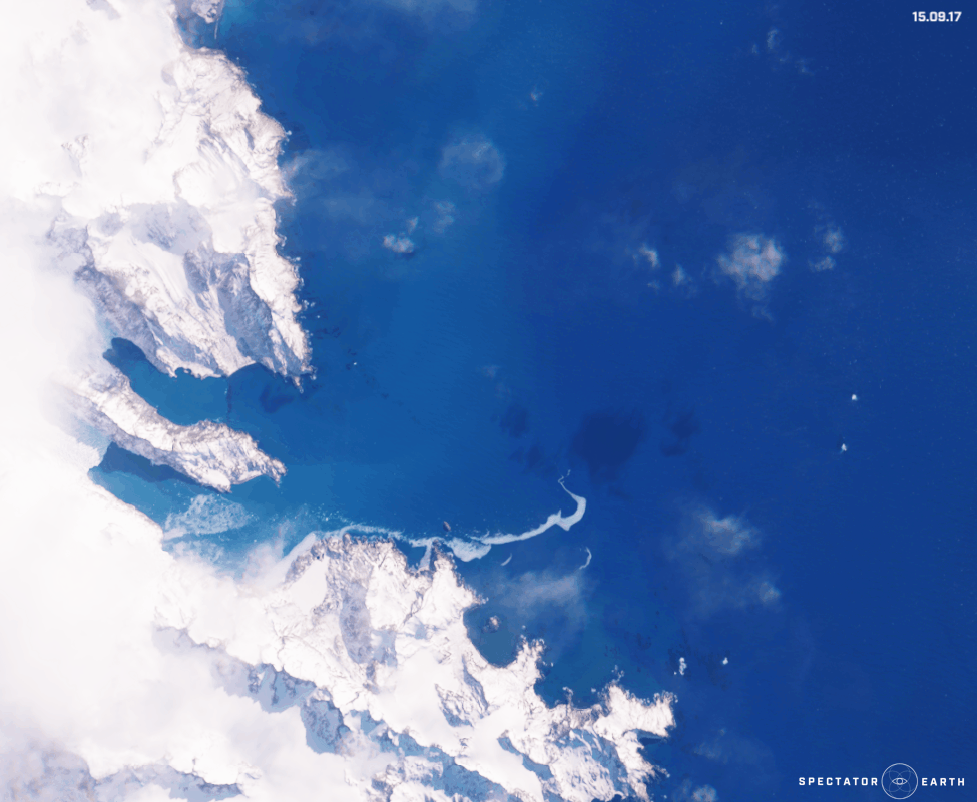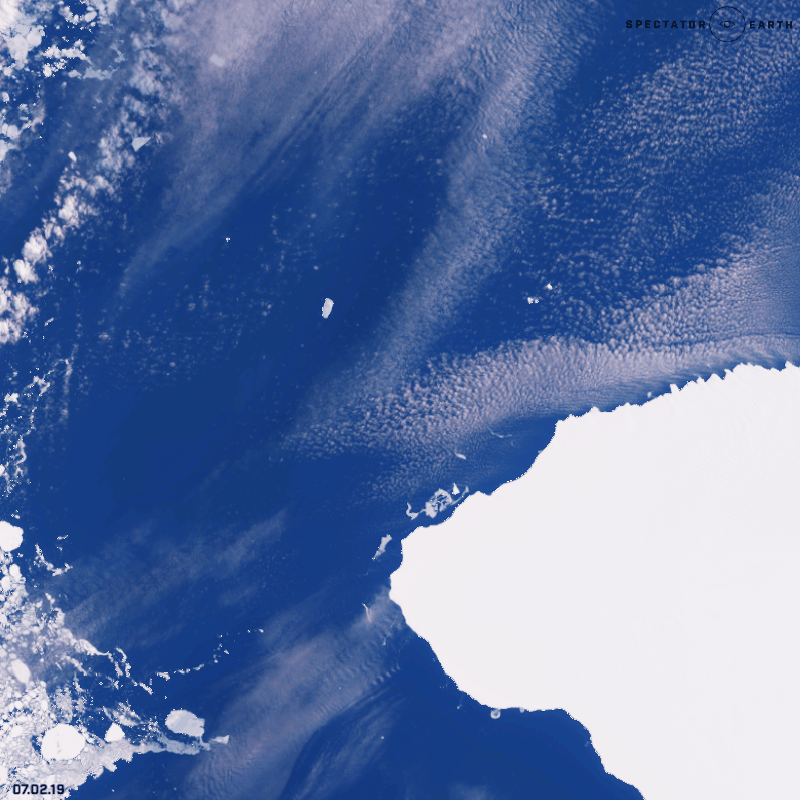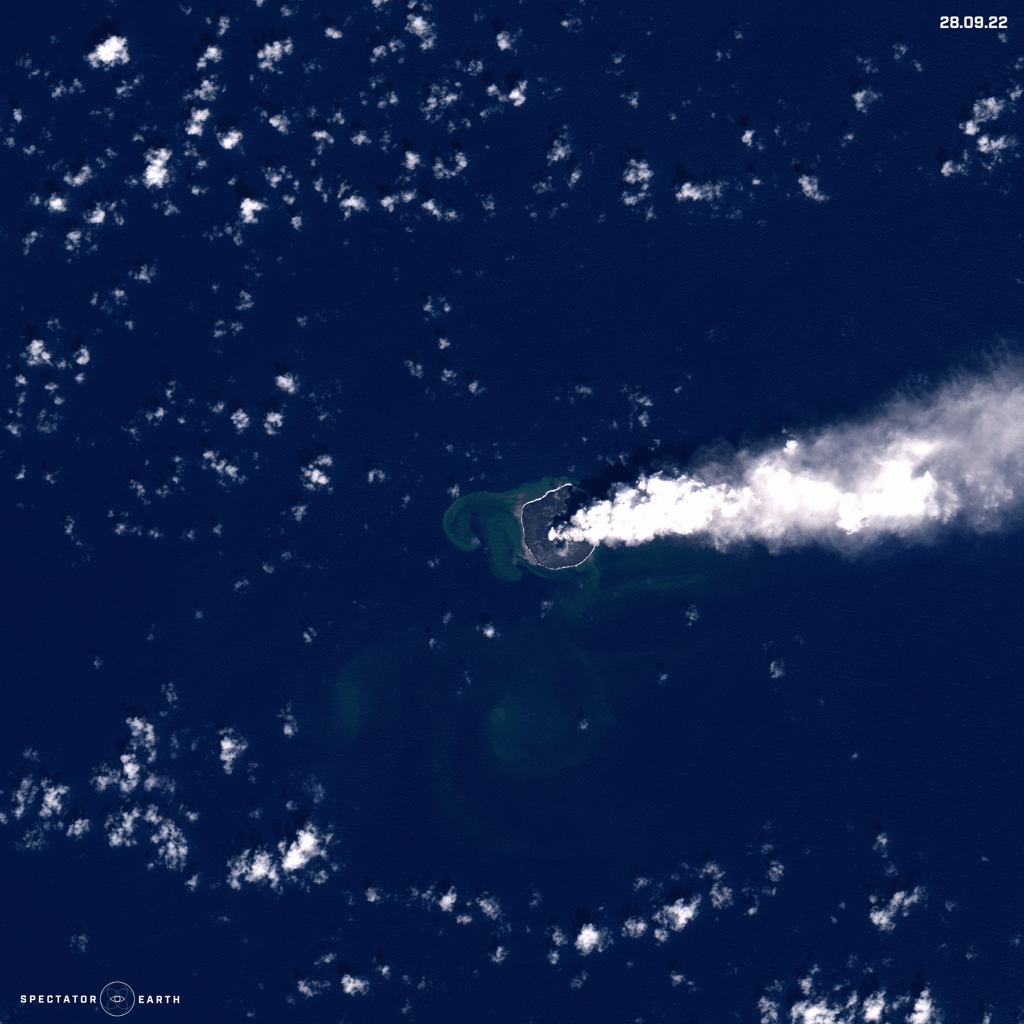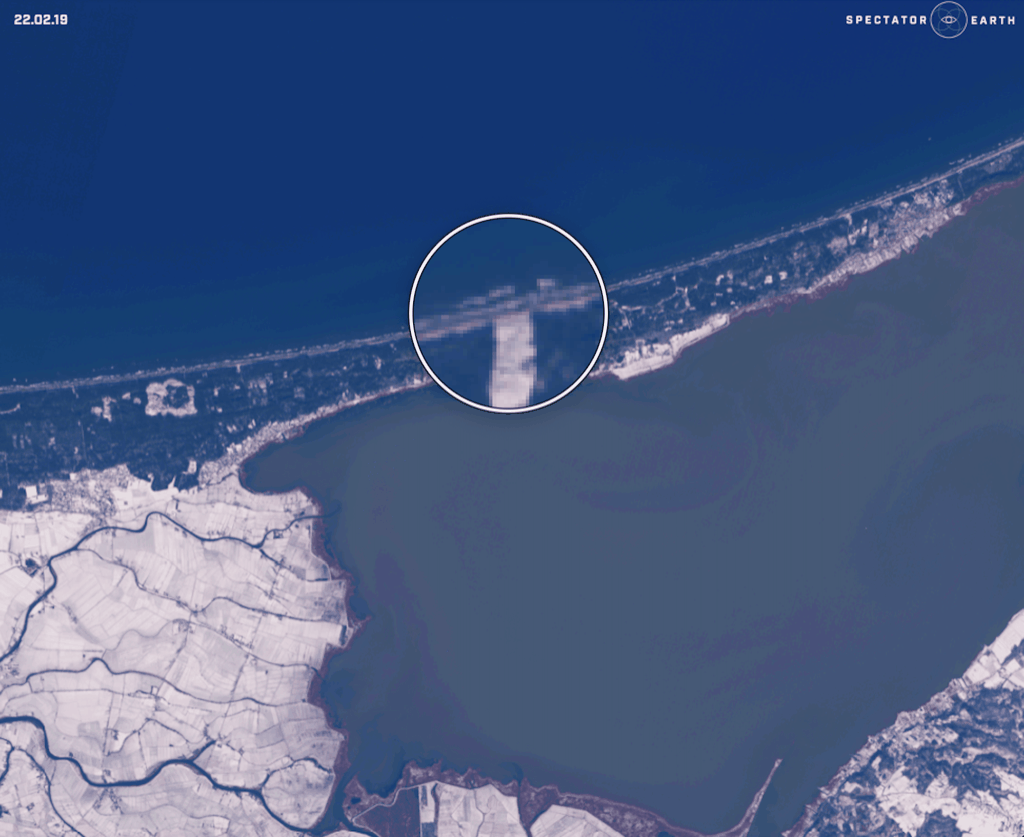
Your Favorite EO Podcast: Now with a Diversity, Equity, and Inclusion Focus
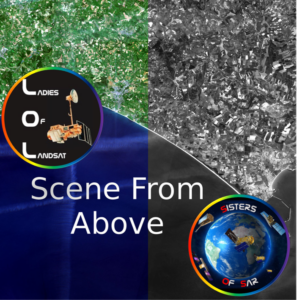
If you are in any way related to the Earth observation (EO) industry, chances are you have already heard about the popular Scene From Above (SFA, @eoscenefrom) podcast. Now for Season 13, we are delighted to announce an upgrade, if you will. Folks, we present to you SFA 2.0, now organised, recorded, and edited by your beloved Ladies of Landsat and Sisters of SAR. The new SFA is buit with a diversity, equity, and inclusion twist! You will now hear voices previously unheard and learn about the brilliant work being done by leading female EO Scientists!
With over 30K listens, the SFA podcast originally hosted by Alastair (@ajggeoger) and Andrew (@map_andrew) was more or less heard by everyone in the industry. If you wanted the latest scoop on the cool things in the world of EO, SFA was the place to get it. Due to their full-time jobs, Andrew and Alastair have finally decided to move on after 12 whole seasons of SFA. We are immensely grateful for their guidance for producing the podcast this season and their kind handover of their brainchild. 🙂
The Fabulous Ladies of Landsat
Ladies of Landsat (LoL) is a Twitter-based organisation founded in 2018, led by women in Landsat. LoL hopes to increase inclusivity in the field of remote sensing and EO, having buit a community of over 11K followers on Twitter and over 1K on LinkedIn! LoL does a hugely popular weekly Twitter series in addition to highlighting female-led research in remote sensing through #LoLManuscriptMondays. They also organise in-person and virtual networking events, conference symposiums, and more. LoL members tend to be application scientists making a difference using EO as their primary tool.
Sparked by a popular catchphrase to empower women at heavily male-dominated EO conferences, the Ladies of Landsat were born as Dr. Kate Fickas (@katefickas) and Dr. Meghan Halabisky (@mhalabisky1) cheered each other on, as the only women in attendance at an international conference. They were joined soon after by the fabulous Dr. Morgan Crowley (@morganahcrowley) and Dr. Flavia De Souza Mendes (@flasmendes), LoL slowly transformed into the organisation that today supports thousands of women in EO. Through direct connections, promoting successes, communicating their cutting-edge science, or tackling tough subjects such as DEI in the field, LoL has been a game-changer for many women in EO.
The Sensational Sisters of SAR
Inspired by the huge success of LoL and a similar lack of support in the synthetic aperture radar (SAR) community, we launched Sisters of SAR (SoS, @SistersOfSAR) on Twitter in 2020 and LinkedIn in 2022. Born through a conversation with Morgan of LoL, this idea of creating an inclusive SAR community came to Dr. Laura Dingle Robertson (@LDR1) and Sarah Banks (@SAR_ahBanks). Soone after Dr. Gopika Suresh (@Go__Pika) joined hands with them, and I, Dr. Antara Dasgupta (@ant_dasgupta) joined more recently. Led by a kick-ass team of multi-disciplinary scientists, we at SoS are working on increasing visibility of SAR and the women in SAR.
We as SoS host a highly in-demand weekly series on Twitter and LinkedIn, as well as a website where we maintain a list of #SAR_Stars. We promote diversity, equity, and inclusion for women across various career stages involved with SAR in any way as part of our weekly SAR Star series. Everyone from radar engineers to SAR application scientists, are equally welcome and lovingly supported by the SoS. We also organise networking events and host inclusive panels where the voices of women can (finally) be heard. The SoS dream is to make SAR accessible to everyone who wants to use it. Regardless of gender, career stage, access to resources, or geographical location, we welcome everyone! We are constantly working to ensure that the voices of women in SAR no longer go unheard or unnoticed!
Revamping the SFA Podcast
We all have full-time jobs, most of us have kids, and academic lives which require multiple unpaid additional responsibilities. Additionally, we have now also ventured into the podcast space. Indeed, when we decided to take this on, we asked ourselves, if we were awesome or just plain stupid! Honestly, the answer is maybe we are a bit of both. The truth is, though, that we must embody the change we expect to see in our world. You may say that we are dreamers, but as John Lennon said, we are not the only ones (thank god for that!). Our passion for diversity, equity, and inclusion in EO motivates us to persevere.
We would like to emphasise that we are not taking this on to kill our spare time. Moreover, this is a huge responsibility! Especially after SFA being a one stop shop for all things EO for so long, we are not taking this lightly! However, we know what our organisations mean to women in our field all over the world. Thus, despite everything already being crazy, we jumped at this opportunity to give them another avenue to get their motivation.
As you will learn through the episode, the problems faced by underrepresented scientists are specific, unique, unbelievable, and often heartbreaking. We hope that our efforts will help bring the silent struggles of our underrepresented colleagues and friends to the fore. It is only through understanding and acceptance, that we can support each other better and change things. Season 13 of Scene From Above (SFA) is our effort to shed some light on these hard issues.
Presenting the EO Scene from Above 2.0!
In this season, we worked hard to incorporate diversity in geography, sensors, application area, gender, and orientation. We aim to bring these often unheard voices to the forefront of the EO industry. We hope that our efforts will soon help eliminate all male and all white expert panels at conferences and events. While this is mostly out of convenience, this tells us that women cannot be experts. Let’s change that together, shall we?
There are NO excuses for leaving women behind anymore. Our own efforts and the lists we maintain of female EO experts debunk the “they don’t exist” argument. Our own version of SFA will now further highlight the wonderful work that women are already doing in our field. Hopefully this will invite more people to recognise the value of diversity, equity, and inclusion at our workplaces and in the EO industry.
So give it a listen, support us to support others, and give us feedback so that we can grow!







